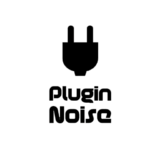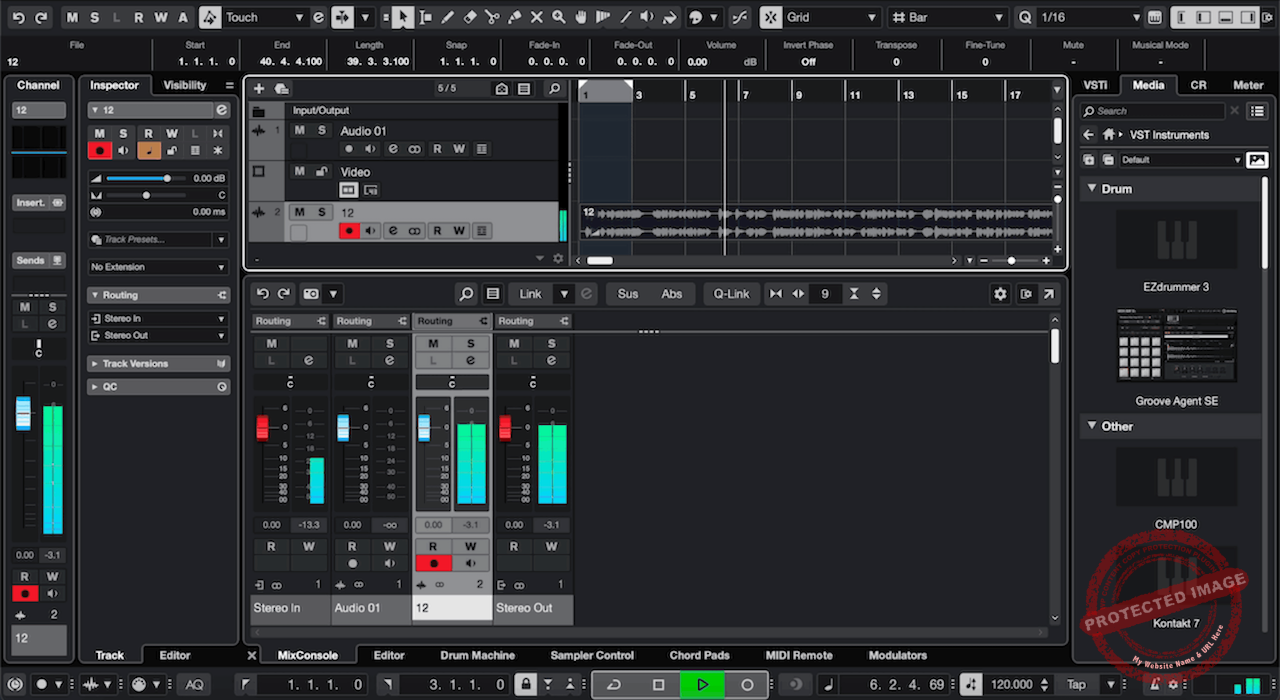Alright, so you’ve decided to step into the world of music production; welcome to the madness! Well, it’s a pretty wild ride filled with a universe of plugins, late-night tweaking sessions, and the occasional existential crisis over whether your kick sounds “punchy” enough.
The first thing you’ll need before anything is a DAW (Digital Audio Workstation), which is the software that will be your best friend and playground for recording, editing, and mixing music.
Here comes the Cubase! One of the most famous names in the DAW industry, Cubase, was released way back in 1989 (yep, older than some of us!). For decades, it has served producers, composers, and engineers well.
Anyone with even a little music production knowledge knows names like FL Studio, Ableton, Logic, Pro Tools, and Cubase. These are all popular DAWs, each with its own advantages and disadvantages. The question is: Is Cubase good for beginners?
So today, I’m breaking down Cubase’s learning curve, features, pros & cons to help you decide if it should be your first DAW or not and whether you should buy it or hold off for another DAW.
What is Cubase?
As one of the oldest and most famous DAWs, Cubase was built and released in 1989 by Steinberg. Today, it is still one of the most-used and popular professional music production suites, that can be found almost in any studio in the world.
From film scoring to electronic music production, Cubase is a favorite of composers, producers, and mixing engineers. It is mostly used for MIDI but is very flexible for audio recording and virtual instruments.
Unlike Ableton Live, which is all about live performance, or FL Studio, which is a beatmaker’s playground, Cubase is more of an all-rounder. It can handle recording just as well as producing music, making it a solid choice for almost any genre.
What I love about Cubase is its straightforward and powerful capacity to play MIDI and virtual instruments as well as third-party plugins. Steinberg is the name that invented VST plugin format, so Cubase was sepacilly designed to work seamlessly with third-party plugins like instruments and effects.
MIDI production tools like Cubase are available for synths, samplers, and orchestral libraries. But this is more than MIDI, as it’s a multi-functional DAW that can handle live recording, mixing, and live performance workflows, too if you prefer.
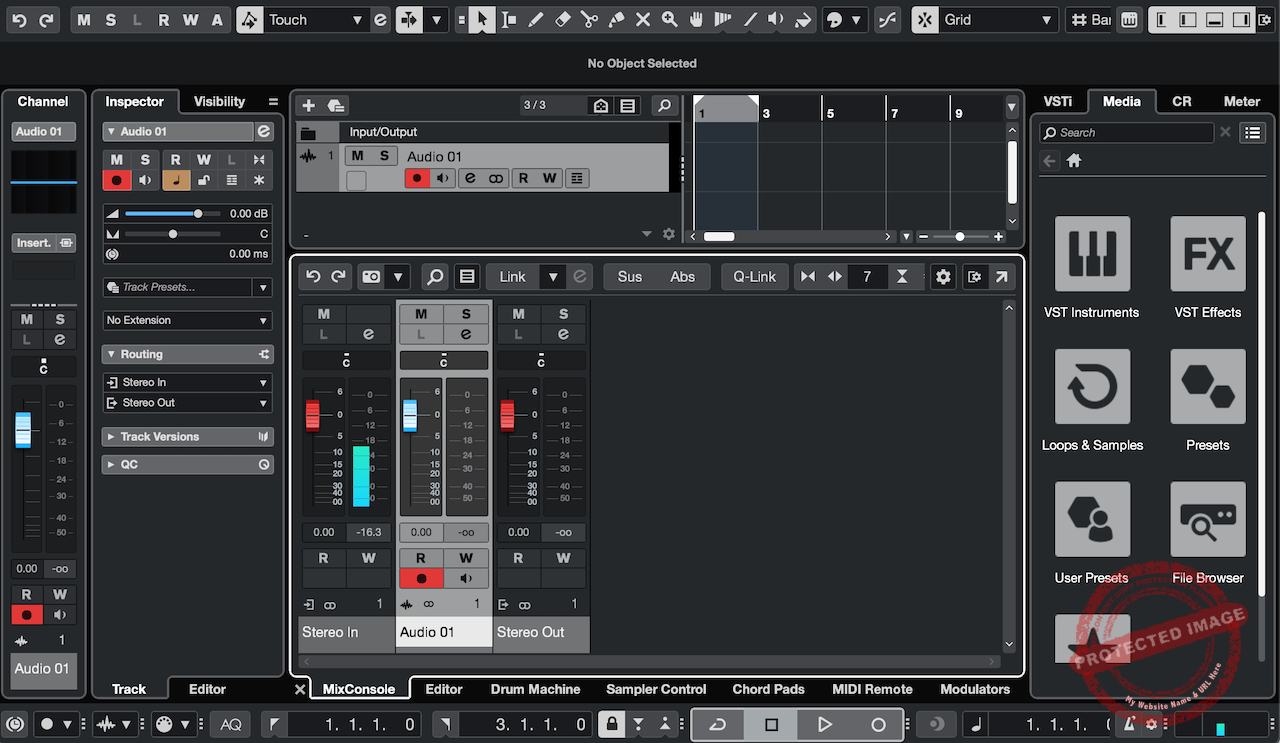
Here is a small summary of the main features of Cubase:
| Feature | Description |
| Multi-Track Recording | High-quality audio recording with unlimited tracks (Pro version). |
| MIDI Editing & Composition | One of the best piano rolls in the industry, great for detailed MIDI work. |
| Audio Editing & Time Stretching | Advanced tools for cutting, rearranging, and adjusting audio timing. |
| Mixing Console | Full-featured mixer with built-in EQ, compression, reverb, and automation. |
| VST Instrument & Plugin Support | Developed by Steinberg, Cubase supports a wide range of third-party plugins. |
| Score Editor | A built-in notation editor for composing in traditional sheet music format. |
| VariAudio & Pitch Correction | Steinberg’s alternative to Auto-Tune, allowing pitch correction and vocal tuning. |
| Automation & Modulation | Advanced tools for automating effects, volume, and other parameters. |
| Multiple Versions Available | Ranges from beginner-friendly Cubase Elements to fully professional Cubase Pro. |
How Beginner-Friendly is Cubase?
While Cubase is a pretty powerful and professional DAW, it’s not as straightforward as some other DAWs to learn if it’s your first DAW. It’s not super easy to learn but not very hard either. It strikes a nice balance between control and ease of use.
Some DAWs, like FL Studio or Garage Band, are more beginner-friendly, allowing you to start producing or recording music immediately. But, I must say, with a bit of patience, you can get more control and reach more features when you get used to Cubase compared to those DAWs.
Cubase is a powerful, professional DAW, but it’s not the easiest one to learn if you’re just starting out. Some DAWs, like FL Studio or GarageBand, are built for beginners, allowing you to start making music immediately.
In contrast, Cubase has a structured workflow that makes sense once you get used to it. You can find Cubase to be one of the best-organized DAWs if you put in the time. It has a clear timeline, intuitive MIDI editing, and great mixing tools. The whole thing is laid out logically – and once you get the basics, you’ll understand why so many professionals rely on it.
It isn’t a plug-and-play experience, though. The menus, settings, and tools are a bit overwhelming. Getting started with your audio interface, configuring MIDI instruments and navigating Cubase might take a little more effort than some beginner-friendly DAWs.
Here’s a quick breakdown of where Cubase shines and where it might challenge beginners:
- Professional workflow: Organized and logical layout that makes sense once learned.
- Powerful MIDI editing: Great for working with virtual instruments and MIDI tracks.
- High-quality built-in effects: Reverb, EQ, compression, and more.
- Stable and reliable: Rarely crashes, even on larger projects.
- Grows with you: A DAW you won’t outgrow as you improve.
It may not be that beginner-friendly because:
- Not the easiest to set up: Configuring audio and MIDI might take extra steps.
- Menus and features can be overwhelming: Takes time to find everything.
- Not as intuitive for quick beat-making: Other DAWs make it easier to start immediately.
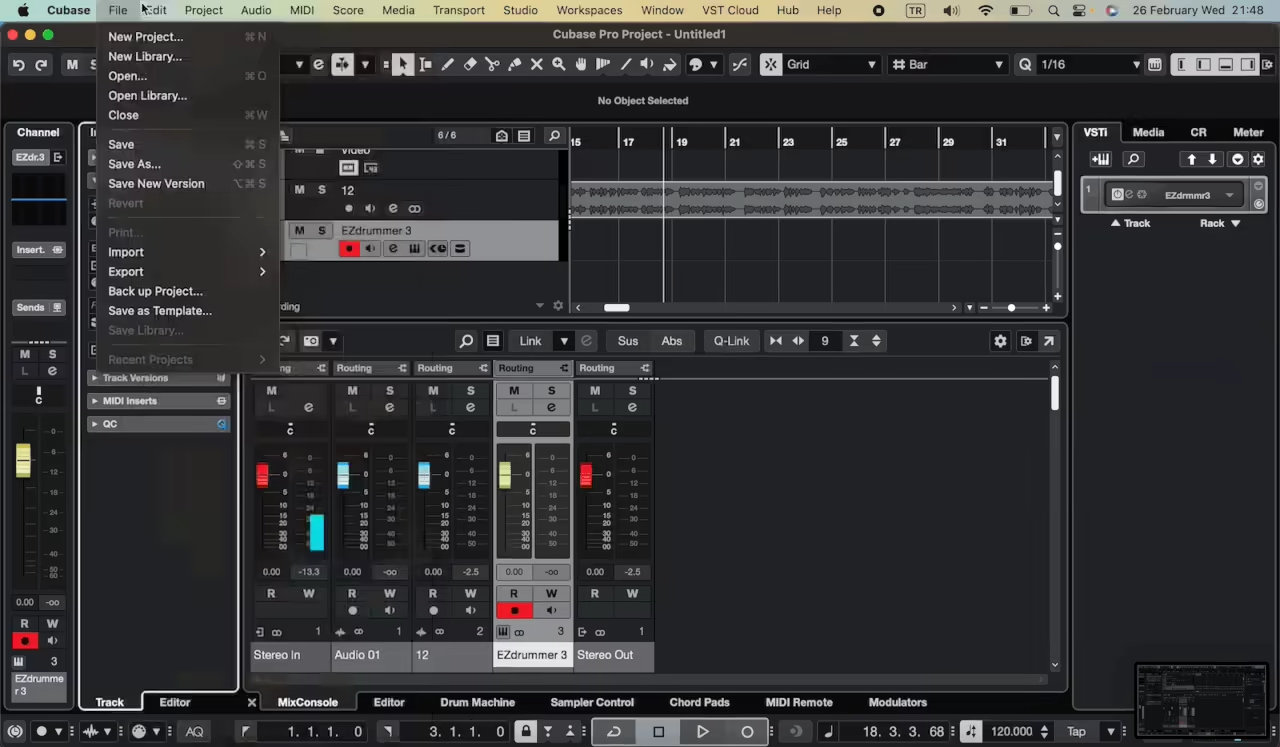
One way to ease into Cubase is by starting with Cubase Elements or Cubase LE instead of the full Pro version.
Elements include all the essentials but remove some complex features that might confuse beginners. LE is even more stripped-down and often comes free with certain audio interfaces and MIDI controllers. These versions let you learn the basics without getting lost in too many options.
So, the short answer is yes, I think Cubase is beginner-friendly but you will need some patience to get familiar with it. It may not be the best option if you want something simple and easy to get you started with music production immediately.
But if you’re looking for a DAW that starts simple but gives you the depth to grow, it’s one of the best long-term choices you can make.
Features That Matter for Beginners
One of the most important things when choosing your first DAW is the features that affect the workflow.
Some DAWs focus on simplicity, while others throw everything to the table. Cubase, on the other hand, strikes a great balance, with powerful tools as well as an intuitive layout, that you can get started while learning other features to get deeper with your workflow, which I think is great if you want to push yourself a bit.
- Recording & Editing Simplicity
Cubase was built for professional recording as it records audio and MIDI brilliantly. It comes with a track-based layout, so once your interface is set up, you can immediately start recording.
It features multi-track recording, which is great for singers, instrumentalists, and producers after recording several layers.
Audio editing is another strong point, in my opinion, as the waveform editor lets you cut, stretch, and manipulate audio precisely.
Tools like VariAudio (Cubase’s built-in pitch correction) fix vocal recordings without requiring third-party plugins.
- MIDI & Virtual Instruments
For those into beat-making, composing, or electronic music, MIDI editing is crucial. Luckily, Cubase has one of the best piano rolls you can find in DAWs.
Another favorite feature of mine is that you can easily edit notes, adjust velocities, quantize rhythms, and automate parameters. Furthermore, the MIDI drum editor is a great programming tool for drum patterns, which comes in handy for electronic music producers.
Cubase comes with several built-in virtual instruments, including:
| Instrument | Description |
| HALion Sonic SE | A versatile sampler and synth that covers a wide range of sounds. |
| Groove Agent SE | A drum machine and beat-making tool, great for electronic and hip-hop producers. |
| Padshop & Retrologue | Two powerful synths for creating deep, textured sounds. |
The stock isntruemnts of Cubase are actually not bad at all, but they aren’t as flashy or extensive as other stock instruments in different DAWs like Ableton Live or FL Studio. But, you can use any VST plugins to expand your sound library with third-party instruments as Cubase supports VST.
- Built-in Effects & Mixing Tools
The full mixer, with built-in effects, is super handy when mixing and Cubase makes the mixing workflow pretty manageable with those features.
With the professional-grade channel strip that comes with an EQ, compression, reverb, and other essential mixing tools, you get a good amount of control, while the default settings and presets make it easy to get a decent sound, even if you don’t know much about mixing yet.
One feature that stands out for me is automation. You can easily automate volume, effects, or synth parameters to create dynamic changes in your track. This is especially useful if you’re working with electronic music or film scoring.
- Workflow & Navigation
One of the challenges beginners face with Cubase is navigating the interface. While everything is logically arranged, there are a lot of menus and windows.
Thankfully, Steinberg has improved workflow efficiency over the years with features like:
-
- Workspaces: Lets you save and switch between different screen layouts.
- Drag-and-Drop Functionality: Makes adding samples, instruments, and effects easy.
- Inspector Panel: Provides quick access to essential track controls.
If you spend some time getting used to the layout, Cubase’s workflow becomes second nature.
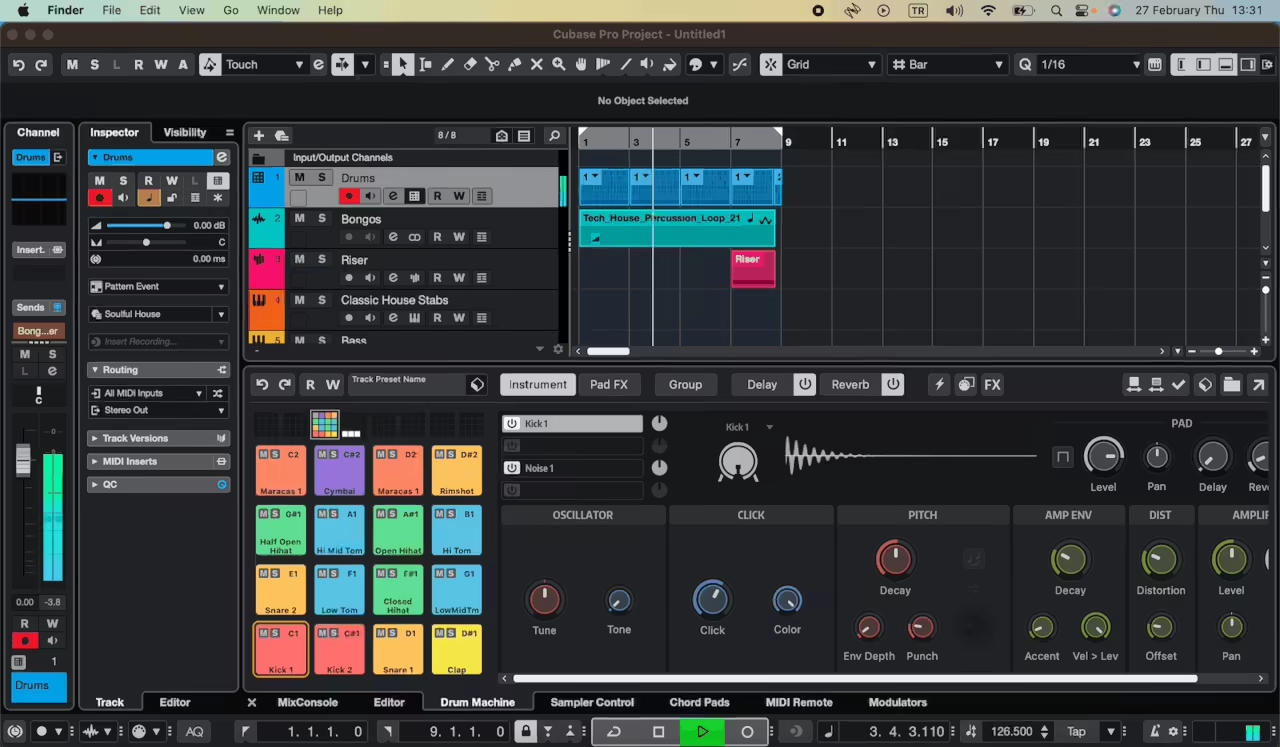
How Hard Is It To Learn Cubase?
While it’s not the easiest DAW to learn, Cubase is not a nightmare either. It kind of hits the middle ground, you get a ton of control without being impossible to figure out. There is a learning curve, but once you get used to it, it’s a monster of a DAW, capable of handling fast demos or full productions.
The interface might initially get confusing but you have to take your time to learn. In contrast with something like FL Studio, where you drop in a beat and go, or GarageBand, where everything is super basic, Cubase actually feels like a Studio. Many menus, several windows, and lots of features to explore.
But you know what? Once you figure out where everything is, it just clicks. It is one of the most logical and best-organized DAWs. You only need to spend a bit upfront before it becomes second nature. It takes a bit more effort upfront. Set up your interface, learn the workflow, and get used to the tools. But once you do, it becomes much more flexible and powerful.
But for example, it is still much easier to learn than Pro Tools. If you record live instruments or mix seriously, Cubase gives you Pro Tools without the slow workflow of Pro Tools.
How Long Does It Take to Learn Cubase?
Honestly, it depends on where you start from.
- Total beginner? Give it a couple of weeks to get used to recording, MIDI, and editing.
- Did you make use of other DAWs previously? You ought to get it within days or weeks.
- Want to get into automation, VariAudio, and mixing? That might take months of practice.
The good news? Free tutorials abound! Official Steinberg guides and YouTube videos covering everything from setup to advanced production tricks.
If you want a weekend DAW, go with Cubase. But if you want something that grows with you, so learn it anyway.
It takes time to learn, but the moment you do, you have a serious DAW that can handle almost whatever you throw at it.
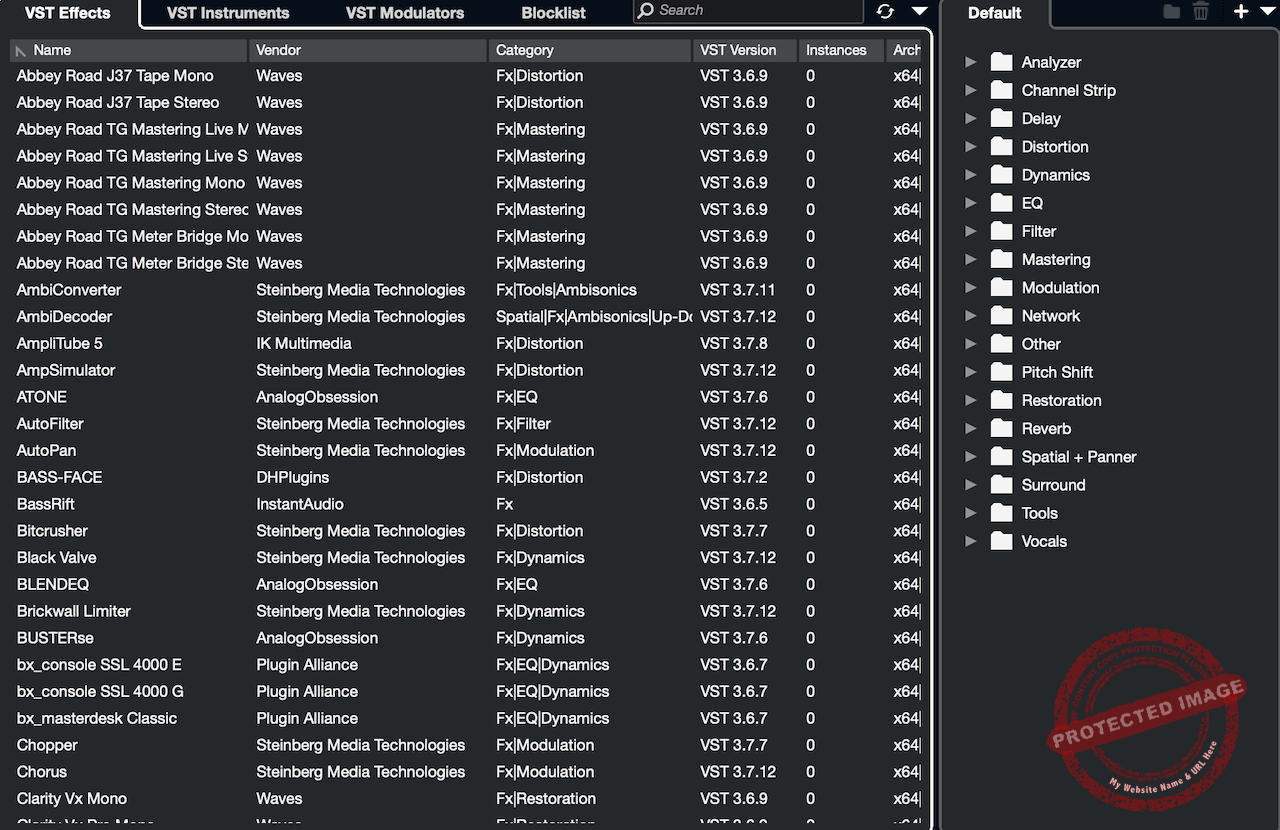
How Much Does Cubase Cost?
Cubase comes in multiple versions, each with different price points and features.
| Version | Price | Who It’s For? |
| Cubase LE | Free (bundled with audio interfaces & MIDI controllers) | Beginners who want a basic introduction to Cubase. |
| Cubase Elements | ~$100 | Beginner producers looking for essential recording and MIDI tools. |
| Cubase Artist | ~$340 | Intermediate users who need more tracks, effects, and professional features. |
| Cubase Pro | ~$580 | Advanced producers and professionals working on complex projects. |
For beginners, start with Cubase Elements. It has all the basics like multi-track recording, MIDI editing, built-in instruments, and effects, without the complexity of the Pro version.
Those wanting a balanced DAW for both MIDI and audio recording will find Cubase LE a great way to try the software for free before purchasing it bundled with hardware.
Downside: Cubase Pro upgrades are more expensive later compared to FL Studio or Logic’s one-time pricing options.
Whether you’re a complete beginner wanting to learn music production or looking to go pro, Cubase is worth it. Start with Cubase Elements, then upgrade to Artist or Pro if you need more features or want to outgrow them.
Who Should Choose Cubase as a Beginner?
Cubase is a great choice for beginners who:
- Want a long-term DAW they won’t outgrow.
- Are interested in both recording and MIDI production.
- Prefer stability and professional-grade features.
- Are willing to invest time into learning a structured workflow.
However, if you’re looking for a DAW you can start using immediately with minimal effort, you might be better off with FL Studio, Ableton Live Lite, or GarageBand.
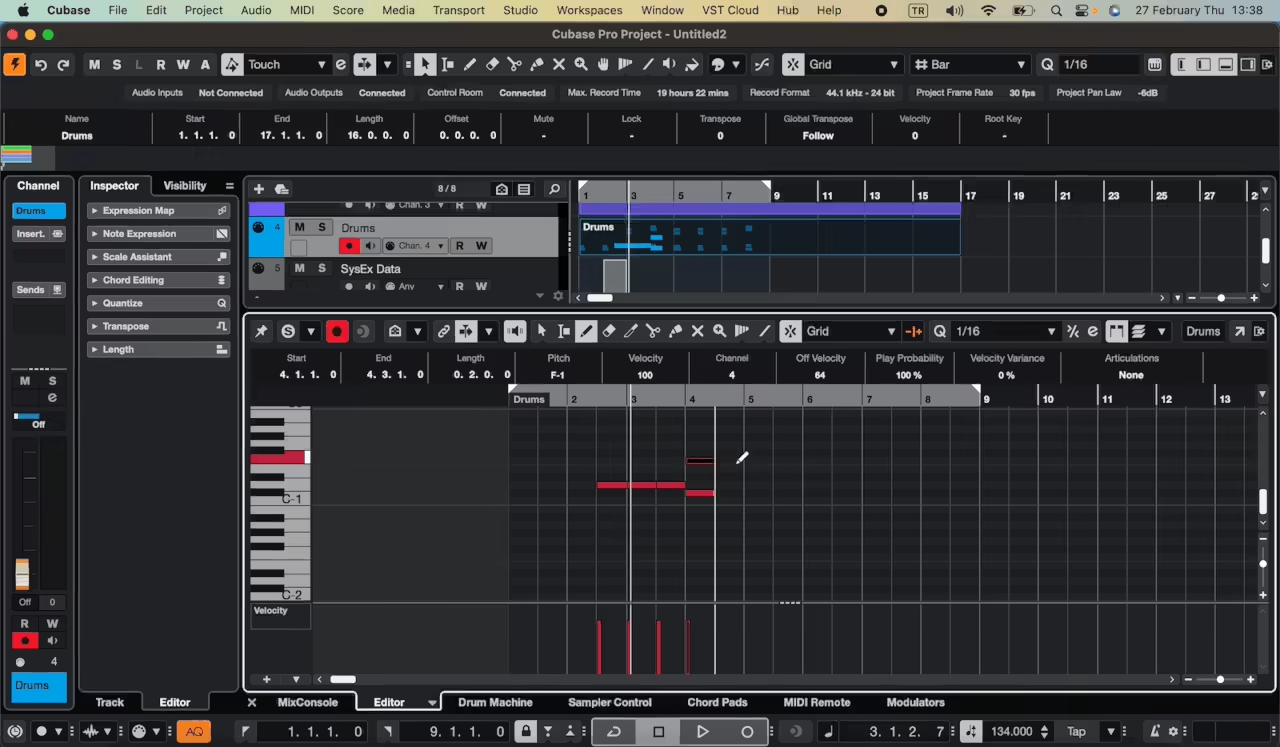
Best Alternatives to Cubase for Beginners
Cubase is a powerful DAW, but it’s not the only option, especially if you’re just starting out. Depending on your needs, budget, and preferred workflow, some other DAWs might be a better fit.
| DAW | Ease of Use | Best For | Price |
| FL Studio | Very Easy | Beat-making, electronic music | $99 – $499 (one-time) |
| GarageBand | Extremely Easy | Songwriting, beginners (Mac only) | Free (Mac) |
| Ableton Live | Moderate | Electronic music, live performance | $99 – $749 |
| Reaper | Moderate | Budget-friendly full DAW | $60 (discounted) |
| Logic Pro | Easy | Songwriting, all-in-one production (Mac only) | $199 (one-time) |
| Pro Tools | Hard | Studio recording, mixing, post-production | $299+ (subscription or one-time) |
Conclusion
Cubase may not be the easiest DAW for beginners, but it’s one of the best if you’re willing to invest time in learning.
While some other DAWs will get you started faster, Cubase provides a solid base that combines recording, MIDI composition, and professional mixing tools. Once past the learning curve, its workflow becomes intuitive, allowing for both simple and complex productions.
For quick beat-making without much setup, FL Studio or GarageBand might be better choices. But if you want a big, robust DAW that grows with you, Cubase is a good buy.
Take your time with this one, once you get comfortable, you’ll have a DAW that can handle almost anything!

